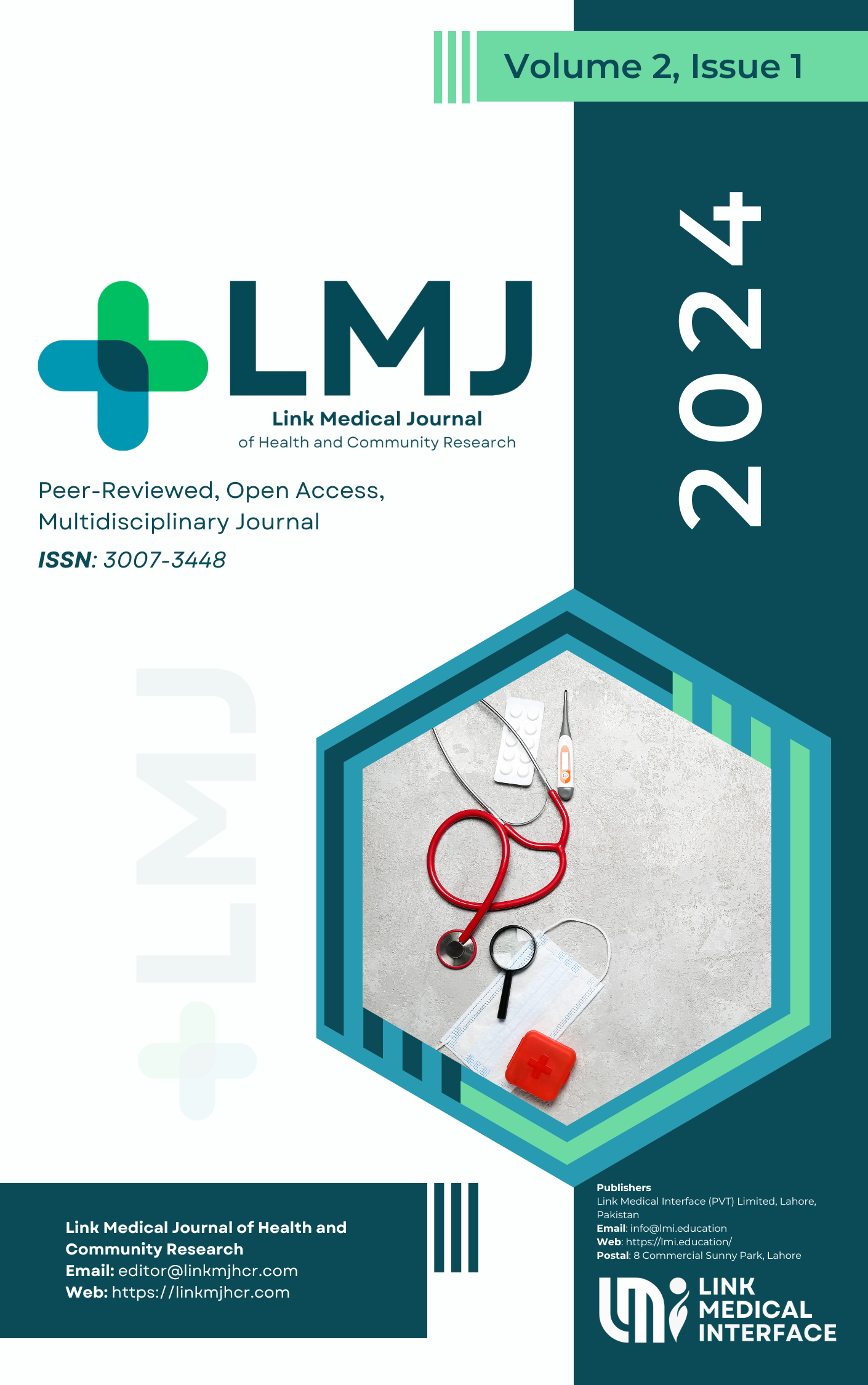Correlation Between C-Reactive Protein and Syphilis Titers in Blood Donors at Hayatabad Medical Complex, Peshawar
DOI:
https://doi.org/10.61919/zv0fpx19Keywords:
Syphilis; Treponema pallidum; C-reactive protein; Blood donors; Inflammatory biomarkersAbstract
Background: Syphilis, caused by Treponema pallidum, remains a major public-health challenge in low- and middle-income countries despite effective antibiotic therapy. C-reactive protein (CRP), an acute-phase reactant synthesized by hepatocytes in response to pro-inflammatory cytokines, may reflect the systemic inflammatory response during infection, but its clinical correlation with syphilis remains poorly understood. Objective: To determine the association between serum CRP levels and syphilis titters among blood donors at Hayatabad Medical Complex, Peshawar. Methods: A descriptive analytical cross-sectional study was conducted from July to December 2024 on 90 syphilis-positive blood donors aged 18–60 years. Syphilis titers were measured using the Abbott Architect Syphilis TP chemiluminescent immunoassay, and CRP was quantified via the Roche Cobas 6000 immunoturbidimetric analyzer (> 0.5 mg/dL positive threshold). Hematological parameters were analyzed on a Sysmex XN-1000 system. Statistical analyses used Pearson’s correlation and independent t-tests with significance at p < 0.05. Results: Thirty-five donors (38.9 %) showed elevated CRP. A weak but significant positive correlation was found between CRP and syphilis titers (r = 0.336, 95 % CI 0.14–0.51, p = 0.001). Eosinophil counts were significantly reduced (p = 0.019) compared with reference values. Conclusion: Elevated CRP reflects low-grade systemic inflammation in syphilis-positive donors. Although non-specific, CRP may serve as a supplementary biomarker for monitoring inflammatory activity and guiding disease management.
Downloads
Published
Issue
Section
License
Copyright (c) 2025 Muhammad Talha, Saqib Ullah, Salman Shah, Muhammad Afaq, Waseem Ullah, Raheem Ullah, Rizwan Ullah, Abdur Rehman (Author)

This work is licensed under a Creative Commons Attribution 4.0 International License.
© 2025 The Authors. This work is licensed under a Creative Commons Attribution 4.0 International License (CC BY 4.0).


